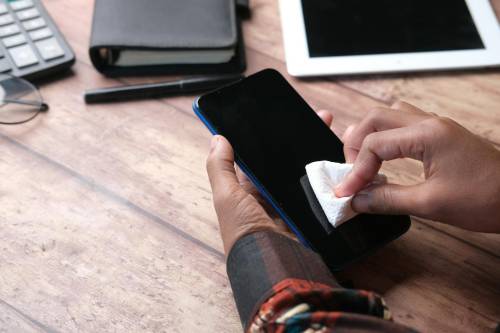

In today’s world, our offices have morphed. They’re no longer confined to physical walls. Instead, they exist in the digital world. Due to this, our desks are screens, our filing cabinets are cloud storage, and our meeting rooms are video calls.
Despite its undeniable power, this digital transformation has introduced a new challenge: digital clutter. Like a disorganized physical workspace stifling creativity and productivity, a disorganized digital environment can cause stress, inefficiency, and missed opportunities. Who hasn’t spent hours scrolling through endless folders or felt the creeping anxiety as their inbox swelled with unread emails?
If any of this resonates with you, you are certainly not alone. But here’s the truth: You don’t have to live in this digital chaos.
This blog post is your guide to navigating the digital jungle and restoring order to your online life. You’ll discover practical strategies and in-depth tips for streamlining your digital environment, recovering focus, and unlocking peak productivity. So, let’s transform your digital workspace from a source of stress into a haven of efficiency.
1. Assessing the Digital Landscape: Where’s the Clutter Hiding?
Before you begin decluttering your digital environment, it’s essential to understand it. Think of it as taking inventory before reorganizing a store. Where are the problem areas? What causes you the most frustration?
Desktop chaos.
Take a good, hard look at your desktop — or laptop. Has it become a dumping ground for random files, screenshots, and shortcuts you never use? Remember, a cluttered desktop is like a cluttered mind — it’s hard to focus and find what you need.
Imagine you are about to start an important presentation. However, the file is buried under a heap of other documents on your desktop. With each passing minute, you spend precious minutes searching frantically, increasing your stress level.
Email overload.
Is your inbox a black hole of unread messages, newsletters you never signed up for, and notifications you don’t care about? You’re far from alone. It is estimated that 121 emails are sent to an average person every day.
The problem? An overflowing inbox can be a source of stress and make it difficult to prioritize important communications. For instance, you’re waiting for a critical email from a client. However, your inbox is so full that you miss it, resulting in a missed deadline and a frustrated client.
File disorganization.
Are you having trouble finding important documents quickly? Do you have files scattered across different folders with inconsistent naming conventions? Having a disorganized file system can be frustrating and waste valuable time.
Let’s say you need to access a report from the past quarter. But you can’t remember where you saved it. You could end up spending hours searching through different folders.
App excess.
Is your system clogged with unused apps? Do you have multiple apps that perform the same function, creating confusion and inefficiency? As I said before, you are not an anomaly. On average, people have over 18 apps on their phones. Nevertheless, excess apps can slow down your system and create unnecessary complexity.
Suppose you have three note-taking apps, each with its own set of notes. This often leads to confusion and lost information, as you forget which app you use for which notes. By conducting this assessment, you can determine which areas require the most attention and prioritize your decluttering efforts.
2. Decluttering Your Digital Desktop: Your Gateway to Calm
It’s no surprise that keeping your desktop clean and organized can help you feel calm and in control. Conversely, a cluttered desktop can contribute to anxiety and stress.
- Clear the clutter. To begin, remove old files, screenshots, and shortcuts you don’t need anymore. Don’t be afraid to be ruthless here. You most likely don’t need something you haven’t used for months. Additionally, you can archive old project files on an external drive or in cloud storage.
- Organize with folders. Create a logical folder structure to group related files. Be sure to give your folders descriptive names so that you can quickly locate what you need. For example, create folders for different projects, clients, or types of documents like “Reports,” “Presentations,” and “Invoices.”
- Use minimal icons. Clear your desktop of unnecessary shortcuts. If you rarely use programs or files, consider hiding or deleting their shortcuts.
- Try digital wallpapers. If you want to organize your icons, you can use a desktop background with sections or categories. This will keep things organized and provide visual cues. For instance, you could find a wallpaper with sections labeled “Work,” “Personal,” and “Projects.”
A clean desktop looks better and makes it easy to locate what you need quickly. As a result, stress is reduced, and efficiency is improved.
3. Streamlining Your File Management: A Place for Everything
The backbone of a clutter-free digital workspace is a well-organized file system. After all, this makes it easy for you to find the files you need when you need them.
- Adopt a consistent system. Organize your files according to a uniform naming convention. In this way, specific documents can be easily searched for and located. In most cases, you should include information such as the project’s name, date, and version number.
- Utilize cloud storage. Store your files securely on a cloud storage service like Google Drive, Dropbox, or OneDrive. You can access your files from anywhere, ensure automatic backups, and collaborate with others more easily.
- Regular audits. Keep your file system up-to-date by regularly deleting or archiving outdated files. This will prevent your file system from becoming cluttered and overwhelming. You can also stay on top of your files by setting a reminder to review them once a month.
If you organize your files, you will spend less time searching, know where important documents are at all times, and improve your overall productivity.
4. Taming Your Email Inbox: Reclaiming Your Focus
When your inbox is overflowing, you will likely be distracted and stressed. This can make prioritizing important communications difficult, and deadlines may be missed.
- Unsubscribe ruthlessly. Don’t let your inbox fill up with newsletters, promotional emails, and updates you don’t want. To manage your subscriptions, click the unsubscribe link at the bottom of the emails or use a service like Unroll.me.
- Adopt inbox zero. As much as possible, keep your inbox empty. This doesn’t mean deleting every email. Nevertheless, it requires processing every email and deciding what to do with it, such as reply, archive, and delete. To keep your inbox in check, you could schedule a specific time each day to process your emails.
- Use folders and labels. Organize your incoming mail using folders and labels. This will make it easier to organize your inbox and find specific emails. For example, create folders for different projects, clients, or types of email, such as “Urgent,” “To Read,” and “Waiting For Response.”
- Automate where possible. Using filters and rules, you can automatically sort or flag important messages. As a result, you will save time and won’t miss crucial communications. You can, for example, set up a filter to automatically label emails from your boss as “Urgent” or to move emails from a specific client to a dedicated folder.
With a streamlined inbox, you can prioritize important communication, minimize distractions, and regain control of your time and focus.
5. Optimizing Your Digital Tools: Working Smarter, Not Harder
In addition to enhancing your productivity, having outdated or excess apps on hand can slow you down and create unnecessary complexity.
- Evaluate your apps. Sort through your apps and uninstall those you no longer use. However, you need to be honest with yourself. When you haven’t used an app for months, chances are you don’t need it.
- Use multipurpose tools. Look for apps with a wide range of functions that can be used for multiple purposes. As a result, you can simplify your workflow while reducing the number of apps you need. For example, using a multi-purpose app like Notion or Evernote for note-taking, task management, and project planning rather than using multiple apps for each function.
- Update regularly. Keep your operating system and software up-to-date to ensure optimal performance and security. Installing updates that include bug fixes, security patches, and new features can improve your productivity. You can enable automatic updates for both your operating system and frequently used apps.
By reducing app clutter, you can create a smoother, more efficient digital experience, eliminating unnecessary distractions and technical issues.
6. Organizing Your Browser: Your Window to the Web
In the modern workplace, web browsers are essential. The problem is that they can easily become cluttered with open tabs, unnecessary extensions, and accumulated browsing data over time.
- Limit open tabs. Rather than keeping dozens of tabs open, use bookmarks or read-later services to save links. As a result, you can free up your browser’s resources and reduce distractions. You can, for instance, use Pocket to save articles you want to read later rather than keeping them open.
- Use extensions wisely. Install only the most essential browser extensions. When you use too many extensions, your browser may slow down, and you might be at risk of security attacks. You should also remove any extensions you don’t use regularly or that have questionable reviews.
- Clear cache and cookies. To maintain speed and privacy, regularly clean your browser’s cache and cookies. This can improve your browser’s performance and protect your privacy online. Remind yourself to clear your browser’s cache and cookies once a week.
The right browser setup can decrease distractions, speed up your workflow, and enhance your overall browsing experience.
7. Managing Digital Notes and Documents: Your Knowledge Hub
Digital notes and documents are invaluable resources. However, they must be organized effectively to be useful. After all, an unorganized note system can lead to lost information and wasted time.
- Centralize notes. You should use a dedicated note-taking app such as OneNote, Notion, or Evernote for all your notes, whether personal notes, meeting notes, or project notes. This will allow you to create a central repository for all your information and easily find the information you need.
- Consistent categorization. Use folders or tags to group related topics. As a result, your notes will be easier to organize and find when you are looking for specific information.
- Review periodically. Ensure that obsolete notes are archived or deleted regularly. This will prevent your note system from becoming cluttered and overwhelming. You can, for instance, review your notes once a month.
Overall, a well-organized note system allows for faster retrieval, better information management, and a more efficient workflow.
8. Optimizing Communication Channels: Reducing Digital Noise
Managing multiple communication platforms can be overwhelming and distracting. To reduce digital noise and maintain focus, you need to streamline your communication channels.
- Consolidate platforms. Keep your communication tools to a few essentials. Identify the most effective platforms for your work and personal life, and eliminate the rest. Rather than using several messaging apps, consider consolidating them into one or two you use most often.
- Set boundaries. Schedule specific times to check messages and respond. You should avoid constantly checking your notifications, as this will interrupt your workflow and reduce your focus,
- Mute non-essential channels. Reduce the number of notifications sent from less critical conversations or groups. This will allow you to focus on the most important communications. If a group chat is not urgent or relevant to your work, mute it.
In addition to maintaining focus and reducing digital distractions, streamlining communication promotes a healthier work-life balance.
9. Establishing a Maintenance Routine: Keeping Clutter at Bay
A one-time decluttering session is a great place to start. But it’s not enough to maintain a clutter-free digital workspace. As such, you should set up a schedule for regular maintenance.
- Daily cleanup. Spend a few minutes tidying your workspace every day. You can delete unnecessary files, organize your desktop, or clear your inbox. After each workday, for example, take a few minutes to organize your desktop, delete temporary files, and clear your inbox.
- Weekly reviews. To stay organized, review your emails, tasks, and files. You may review your to-do list, organize your email folders, or archive old files at the end of each week.
- Monthly audits. Control your digital clutter by regularly identifying and removing it. For example, you may want to uninstall unused apps or clear your browser’s cache once a month.
By consistently maintaining your digital environment, you prevent digital chaos from reentering your workspace and keep it organized and efficient.
10. Cultivating Digital Mindfulness: Being Intentional with Your Tech
Beyond decluttering, you should cultivate digital mindfulness by deliberately engaging with your digital environment.
- Practice digital minimalism. Only keep what adds value to your work and life. For example, evaluate your digital habits and identify apps, websites, and activities that aren’t adding value. You may want to consider reducing or eliminating these distractions.
- Limit distractions. Use focus modes or a website blocker if you are deep in work. As a result, you can focus and avoid being distracted by social media, email, or other online temptations.
- Reflect and refine. Analyze your digital habits regularly and adjust them as necessary. Your ability to maintain a productive and well-being-supporting digital environment is an ongoing process.
By practicing digital mindfulness, you can harness the power of technology without being overwhelmed by it.
Conclusion: A Digital Oasis for Peak Performance
Decluttering your digital workspace can boost your productivity and well-being. By systematically addressing areas of digital clutter—from your desktop to your inbox—you can create a more efficient, focused, and stress-free work environment.
There is no such thing as perfect digital minimalism overnight. A digital environment that promotes your well-being and supports your goals is the foundation for making gradual changes and establishing healthy habits. Your productivity will soar by starting small, staying consistent, and transforming your digital jungle into a digital oasis.
FAQs
Why is decluttering my digital workspace so important?
As a mental workspace, consider your digital workspace. In a cluttered digital environment, you may experience:
- Reduced focus. There are always distractions when trying to find files or managing notifications.
- Increased stress. An overwhelming feeling of digital clutter can lead to anxiety and mental fatigue.
- Wasted time. You waste time looking for misplaced files, sifting through irrelevant emails, and navigating disorganized folders, which takes up much of your productive time.
- Decreased efficiency. With a streamlined digital workspace, you can find what you need more quickly, improving workflow and efficiency.
Where do I start? I feel overwhelmed by the sheer amount of digital clutter.
You don’t have to tackle everything at once! Begin with a small area and work on it one at a time. The following is a suggested approach;
- Email inbox. Delete irrelevant emails and unsubscribe from unnecessary newsletters.
- Desktop. You can organize your desktop by creating folders for different projects and file types.
- File system. Delete or archive outdated files from your documents and downloads folders.
- Applications. You should uninstall unused apps and organize the ones you use regularly.
How often should I declutter my digital workspace?
The key is regular maintenance. You should aim for;
- Daily quick cleanups. Every day, spend a few minutes organizing new files, deleting unnecessary emails, and closing unused tabs.
- Weekly deeper dives. Devote 30-60 minutes to thorough decluttering each week, including archiving and backing up files.
- Monthly/quarterly overhauls. Every few months, declutter and reorganize your entire digital workspace.
What tools or apps can help me declutter my digital workspace?
The following tools can help with decluttering;
- Unroll.me. This tool helps you unsubscribe from unwanted e-mail subscriptions.
- Hazel (macOS) or File Juggler (Windows). It organizes files automatically based on the rules you set.
- CCleaner. Deletes temporary files and browser history, as well as other digital clutter.
- Todoist or Trello. Provides task and project management, reducing the need for scattered notes and files.
- Cloud Storage (Google Drive, Dropbox, OneDrive). Backs up and organizes files, freeing up space on your local drive.
How can I maintain a decluttered digital workspace long-term?
Decluttering should become a habit.
- Regularly review and organize. Keep a regular schedule for decluttering sessions.
- Be mindful of new clutter. To avoid accumulating new clutter, be selective about what you download and save.
- Automate where possible. Utilize apps and tools for automating repetitive decluttering tasks.
- Develop a system. Set up an organized system for storing files, emails, and apps.
Image Credit: Towfiqu barbhuiya; Pexels
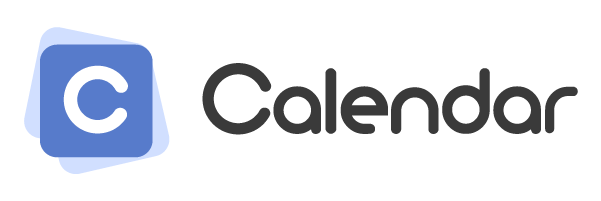
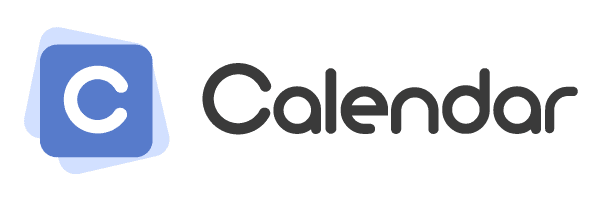
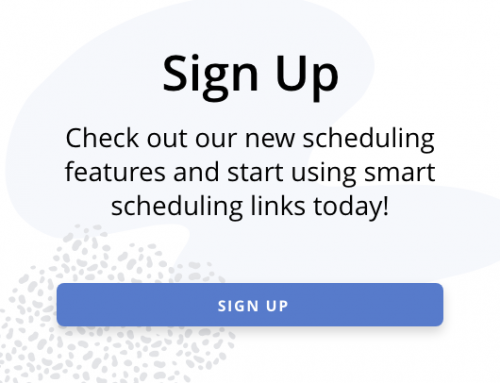


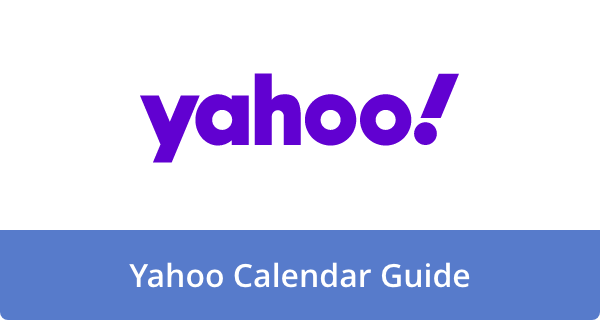
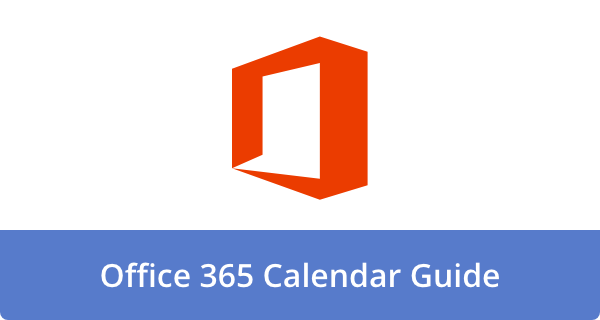
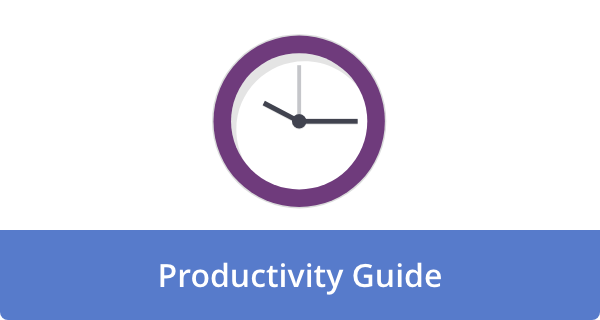
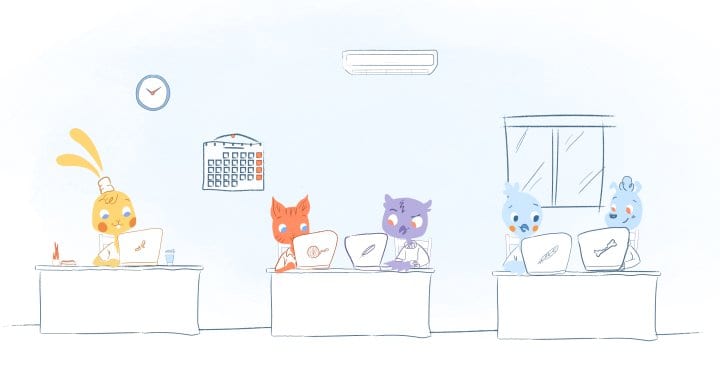

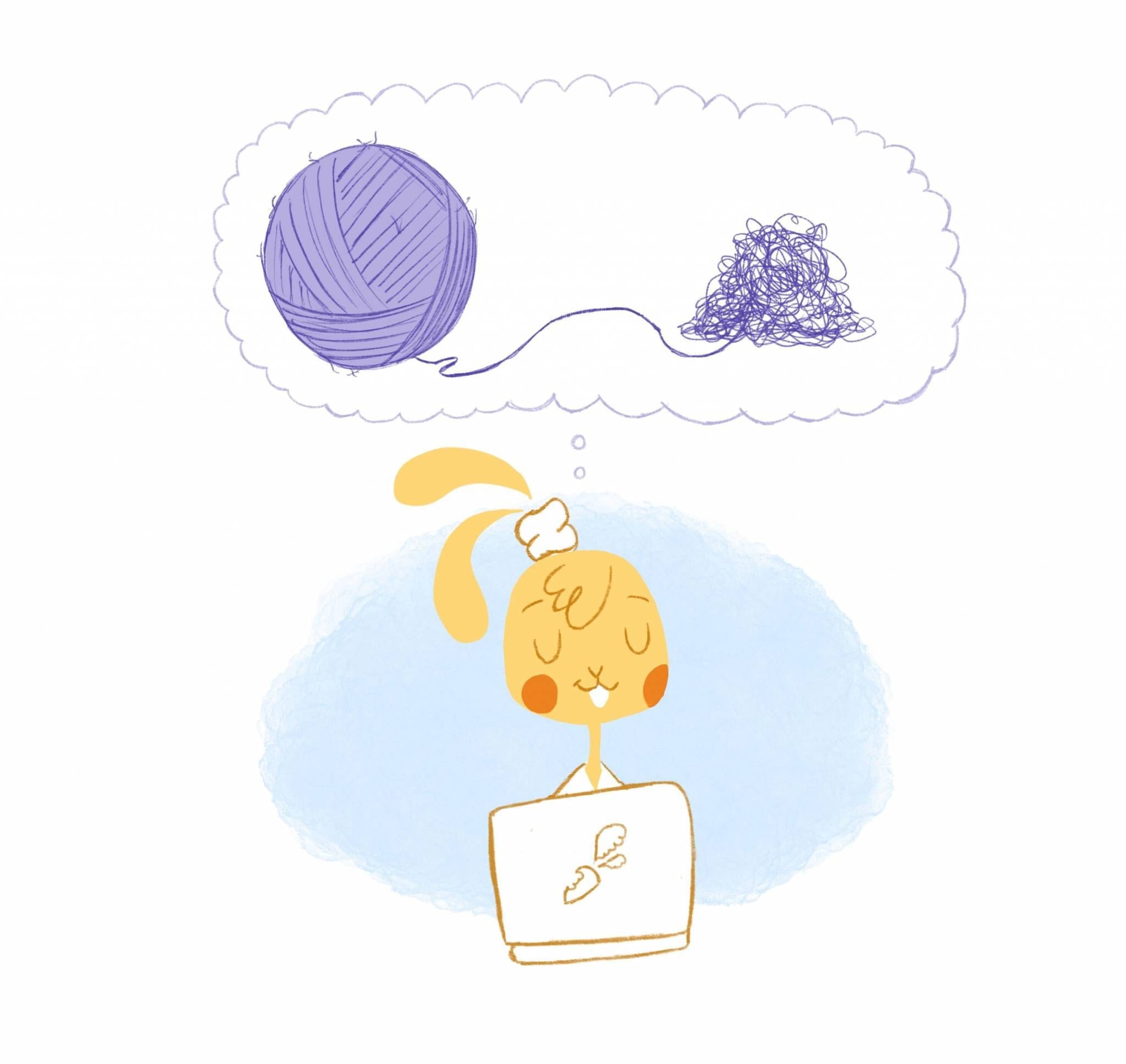
John Hall
John Hall is the co-founder of Calendar a scheduling and time management app. He’s also a keynote speaker that you can book at http://www.johnhallspeaking.com.